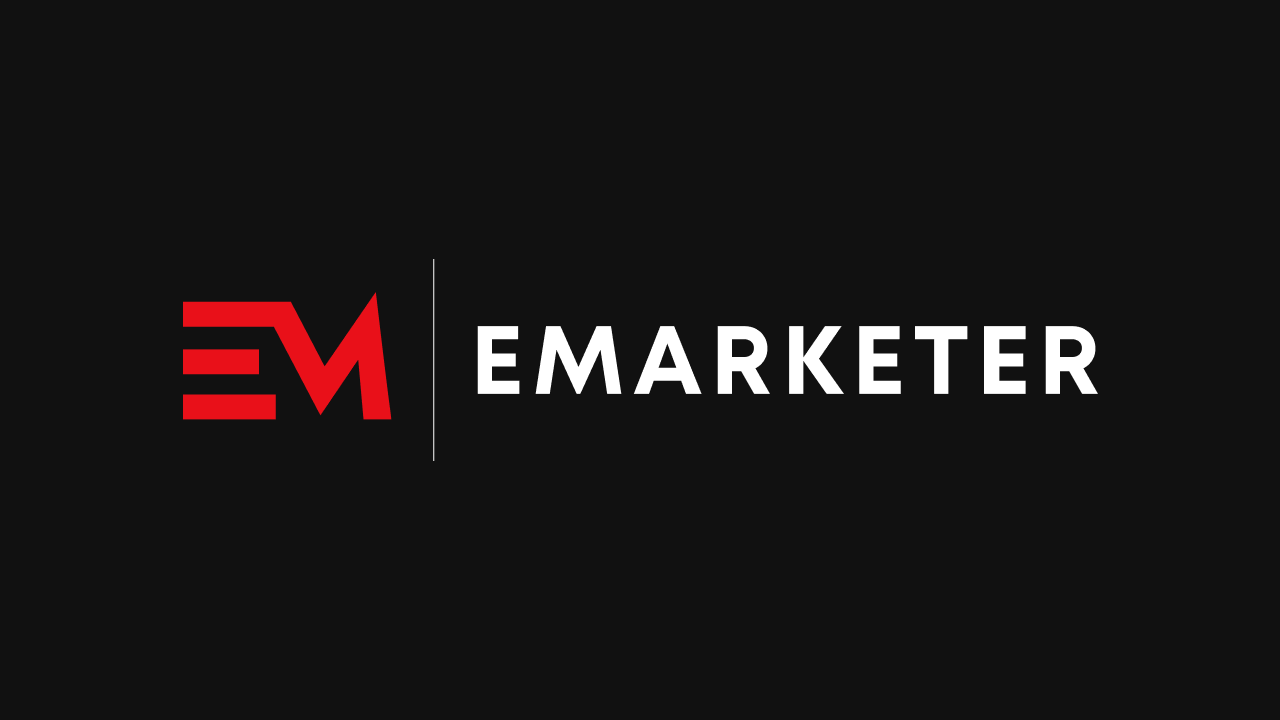The language and appearance of the consent workflow will influence opt-in rates. Words like “personalization” have a more positive spin than “tracking” and “surveillance,” which could discourage consent. And while technical terms like “data processing” are more precise and can help mitigate legal liability, they are also less accessible to the layperson. Above all, whatever’s most visible in the prompt—and whether the prompt itself grabs attention—will have the greatest effect on consumers’ responses.
And initial opt-in rates could increase over time—to a point. The mobile app ecosystem has seen this play out with Apple’s AppTrackingTransparency (ATT). Since Apple launched ATT with iOS 14.5 three years ago, opt-in rates observed by Adjust have almost doubled, as more apps have incorporated the prompt and adjusted their onboarding experiences accordingly.
ATT isn’t a perfect comparison to Chrome’s consent-based cookie model. It was up to individual apps to deploy ATT prompts, and they did so at their discretion. Some apps, like YouTube, chose to stop using certain consumer data in order to comply with ATT without having to show a prompt, an approach it recently gave up on. Based on Google’s statement, Chrome users will make a single election that will apply to all their browsing activity. And once the choice is made, consumers aren’t likely to change their privacy settings unless web performance decreases meaningfully or they’re reminded to reevaluate.
No matter what, the industry can count on some third-party cookies. Some signal from cookies is better than no signal from cookies, and advertisers can use that signal to inform their cookieless tactics. But cookies will not have enough scale to support entire marketing strategies.
Read the full report, Chrome’s New Path for Privacy.

